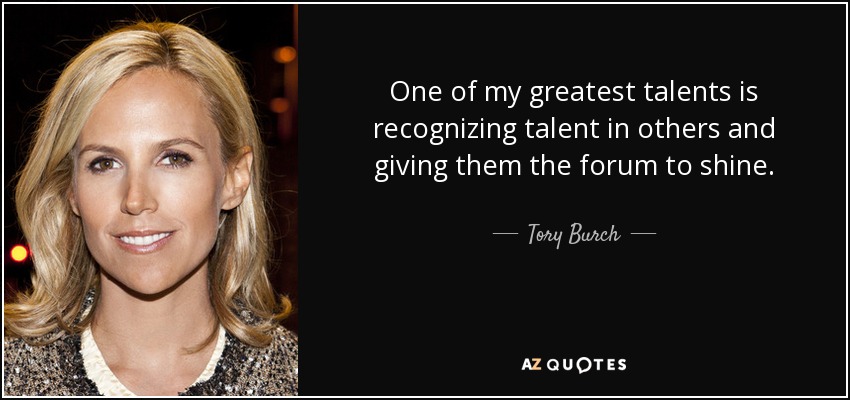Down is up. Right is left. The right people look wrong.
Evaluating and identifying the “right” digital talent for leadership roles can be confusing and even counter-intuitive. We no longer live in a world, particularly as related to digital, wherein a professional sticks to a single career path in hopes of developing expertise in a narrow discipline and in support of climbing the career ladder. Failure by hiring managers to see through the ambiguity and recognize talent as a fit for the future means long-term trouble for their organizations.
The cost of passing on the right talent is astronomical. And in the digital age—companies are finding they’re getting it wrong more and more often.
“We just don’t have the people we need.”
“We struggle to hire for these roles.”
“The right candidates aren’t coming through the succession pipeline.”

A bold hypothesis: the “radar” that hiring managers have evolved over many years is not just not quite right…it’s backwards. Why backwards? First off, let’s look at what actually makes people successful in the digital age.
A recent Korn Ferry study of more than 500 digital leaders—defined as executives doing digital transformation work at organizations born before the digital age and performing above the 84th percentile was undertaken in an effort to understand the statistically distinguishing attributes of “the best of the best.”
On a thematic basis, findings from the study were interesting and sometimes surprising to those unaccustomed to evaluating digital talent on a daily basis.
Great digital leaders have a “pioneer mentality,” excel at embracing ambiguity, power through an unstructured world, and—contrary to curmudgeonly “move fast and break things” stereotypes—marshal the troops using a good deal of emotional intelligence.
Sounds great, you might say. Who wouldn’t want to hire that guy or gal?
Well, let’s look at some specific attributes that differentiated this group—and how they might show up on a resume.
Great digital leaders index strongly for curiosity, adaptability, and risk-taking. Curiosity means they might have tried out roles that were not squarely within their core competencies. Adaptability means they might have been willing to move around—even between industries—more than most people. Risk-taking means they might have stepped into situations others would have shied away from.
So when you look at their resume, you might find:
- Shorter tenures
- Seemingly confusing roles and strange titles
- Lack of a consistent “narrative”
- Fewer “brand name” employers
- More failures (sometimes public ones)
Still want to hire this person? You should. Their career past = your future organization.
To stay competitive in the digital age, organizations are challenged to be more agile, more connected, more open, more focused, and more empowering than ever before.
This new kind of organization requires different people—the aforementioned digital leaders, capable of re-writing their jobs, sourcing ideas from far outside the organization’s walls, and making experimental leaps of faith into the unknown…because taking risk is actually, long term, the less risky path.
These are the folks with the funky resumes.
These are the right people—who look wrong.
Can you afford not to hire them?
Credits: Many thanks to our friends at Korn Ferry for sharing their research.




